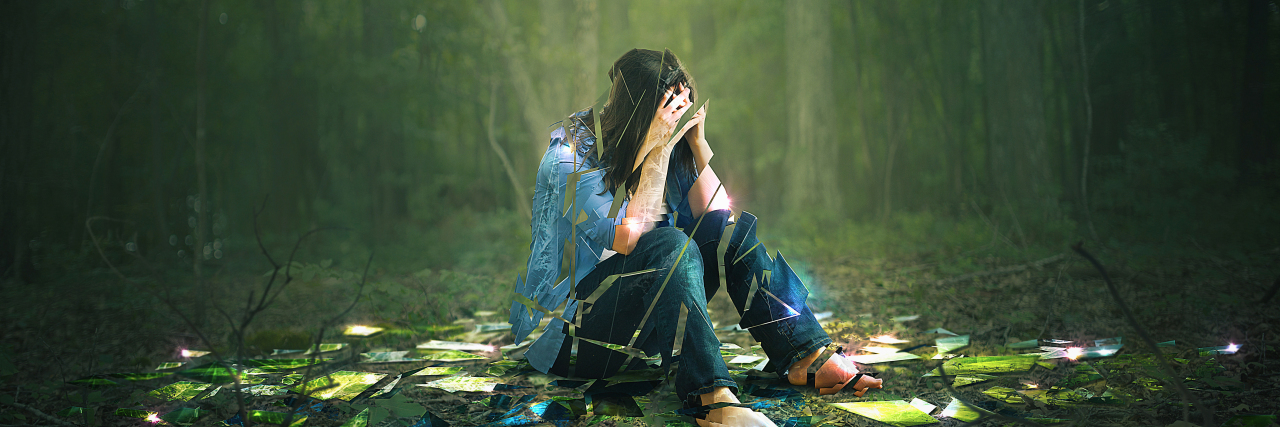I had my first EMDR session yesterday, and it went badly. In EMDR therapy, one of the first things you do is create a safe space for yourself, and I could not visualize myself as I am in that space. I kept seeing the old me, the beautiful former model me, and I began to sob.
As someone who attempts to champion body positivity and beauty is every-ability, I was ashamed at my reaction. I knew my issues ran deep, but I didn’t know they were this invasive. I saw the girl who I once was in my head and longed to be her. I felt she was lightyears away, a completely different person from me, and this person existed only a year ago.
Grieved by the fact that I was two different people in such a short amount of time, the tears came. Pain shot up my esophagus, and my shoulders ached.
What I was experiencing was a form of body dysmorphia. WebMD defines it as “a distinct mental disorder in which a person is preoccupied with an imagined physical defect or a minor defect that others often cannot see. As a result, people with this disorder see themselves as ‘ugly’ and often avoid social exposure.” In other words, I could not recognize myself as I was in the imaginary EMDR world. My perceived differences were very real, however, the pain inflicted upon me did not have to be so.
It’s common among women with chronic illness to mourn their supposed lost beauty. Some share photographs, only to have people tell them they see no difference. In my case much has changed, but my eyes are still green and glowing. Overall, there is a loss of sense of ourselves, which I experienced in full force during the EMDR session.
My therapist taught me the vagus nerve stimulator for times of distress, and I must say, it works. She instructed me to put my thumb on my clavicle and my other thumb below my rib cage, and silently repeat to myself “I am a beautiful human being.” I almost believed it, which was better than being in the negative hit points. It was enough to get me through the rest of the session. This begs the question, why did I have this problem? Why do so many women who go through life-altering and body-altering events have this problem?
As women we are taught by society that we are our bodies, and that our bodies do not belong to us. Someone else gets to decide if we are attractive, not us. And if that is decided, they have the opportunity and the right to act upon their urges.
But at the same time, beauty is a sacred thing, like art. I believe all life is a form of art, which is a reason why I enjoy painting and drawing nature. There is inherent divinity, and therefore beauty and light, everywhere and in everyone.
When a woman becomes sick, it’s as if that divinity and light is being assaulted, because society says sick isn’t beautiful. Then, the woman perceives her body is turning on her, making her physical self evil and therefore not beautiful. But real beauty is still there. No other person can negate her divinity and inner light.
It can be hard to see yourself as beautiful when you see your body as your adversary. Part of being a chronic illness warrior to me is not overcoming your body, but rather befriending yourself and how you work in the here and now, no matter how uncomfortable it is. Change is inevitable for us all, but for some of us it requires physical discomfort. Demonizing your body is a normal response that I don’t cast judgment on, because I’ve done it. But I want to raise the flag saying, “We’re here. We’re doing this. Let’s love ourselves out of here.”
Getty image by Kevron 2001.

